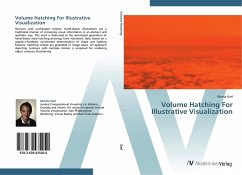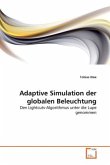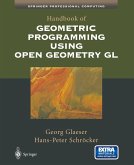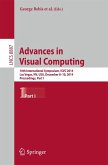Revision with unchanged content. Virtual reality (VR) systems utilize additional input and output channels in order to make interactions in virtual environments (VEs) more intuitive. VR technologies have the potential to provide a better insight into complex datasets, although high demands on the ability of the user to interact in the virtual space are made. When interacting in VR-based applications the cognitive effort for accomplishing interaction tasks is higher compared to the effort required when interacting via two-dimensional user interfaces. Therefore, interaction metaphors support users during an interaction process by reducing the cognitive effort required for performing certain interaction tasks by depicting complex tasks by commonly used techniques users are accustomed to. But how are such metaphors designed and adapted to the user? In this book the design and evaluation of novel multimodal interaction metaphors for generic interaction tasks in VEs is described by means of case studies. The usefulness of the proposed interaction strategies is pointed out in interactive geovisualization as well as seismic volume visualization environments.
Bitte wählen Sie Ihr Anliegen aus.
Rechnungen
Retourenschein anfordern
Bestellstatus
Storno








